How to Do ECG on Apple Watch: Set Up & Readings


The ECG Apple Watch feature can be used to read your heart's rhythm and detect any irregularities that might indicate atrial fibrillation (AFib) while letting you take note of any additional symptoms you want to record. To use the ECG app, your Apple Watch Series 4 with watchOS 5.1.2 or later needs to be paired with iPhone 5s or later with iOS 12.1.1 or later.
Why You’ll Love This Tip:
- Taking an ECG reading on your wrist can help you track your heart health.
- A concerning ECG reading should be taken to a doctor for further observation.
ECG Apple Watch: How to Set Up & Take a Reading
System Requirements
This tip was performed using an Apple Watch 10 running watchOS 11, but it also works on earlier models running earlier software versions. Find out how to update to the latest version of watchOS.
Before you can use the ECG feature on your Apple Watch, you have to set it up in your iPhone’s Health app. Setting it up requires you to open the Health app, navigate to the Heart section in the Browse tab, then tap Set Up under Electrocardiograms. Once you have set this up, it will remain active even if you Factory Reset your devices and Reset All Settings. After this step, you can take the reading directly from your watch whenever you want.
- Make sure ECG is set up on your iPhone by following the on-screen directions once you tap Set Up in the Health app.
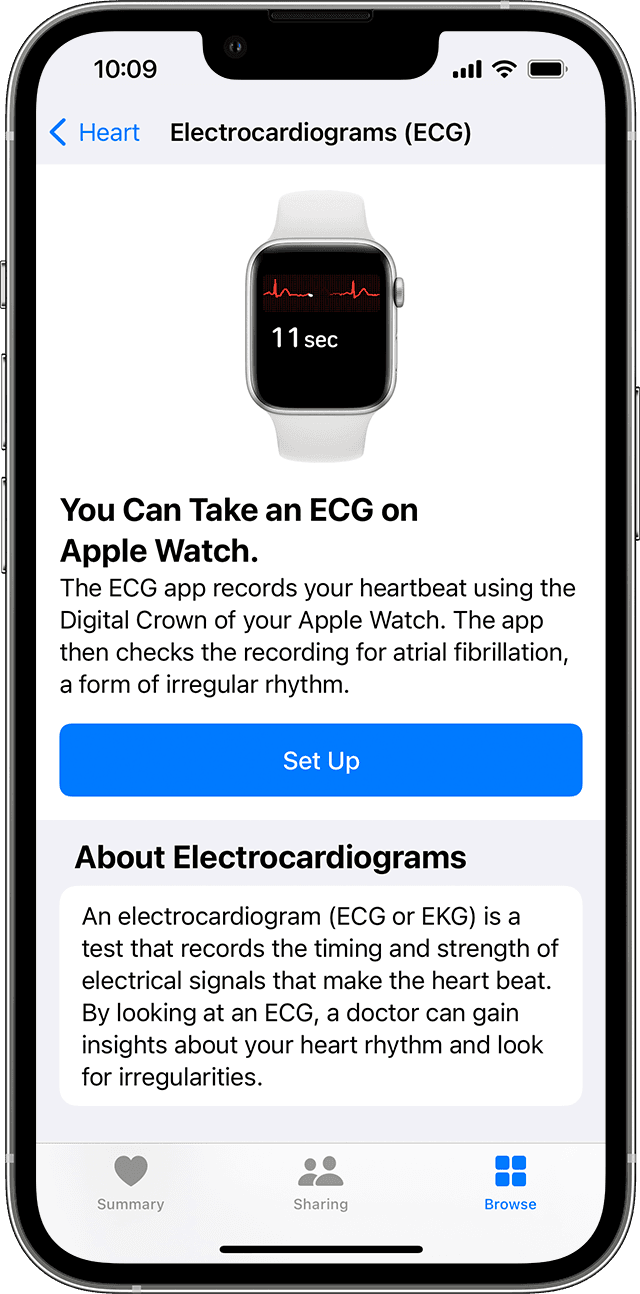 Image courtesy of Apple.com.
Image courtesy of Apple.com.
- On your Apple Watch, tap the Home button on your Digital Crown.
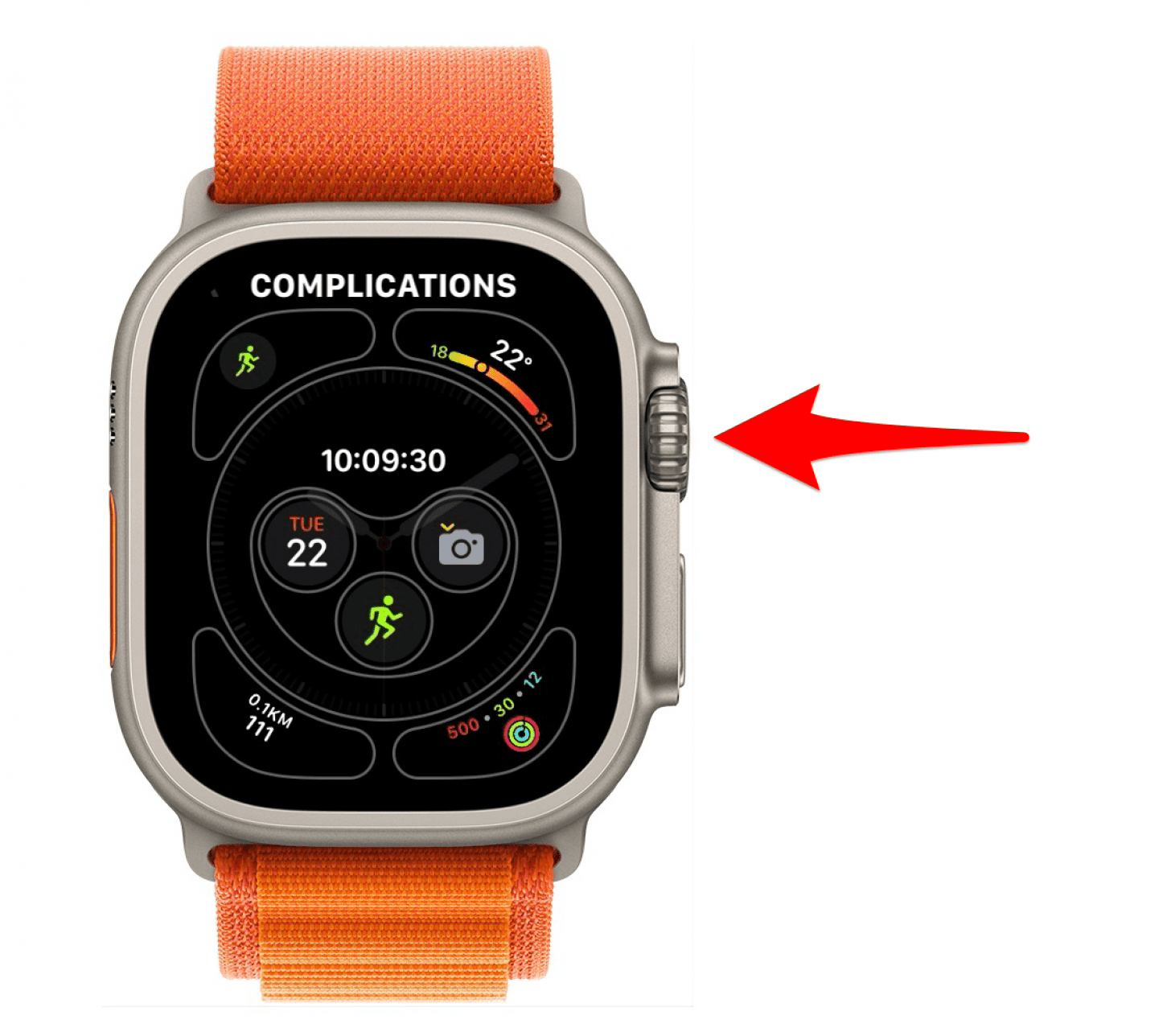
- Open the ECG app and follow the on-screen instructions.
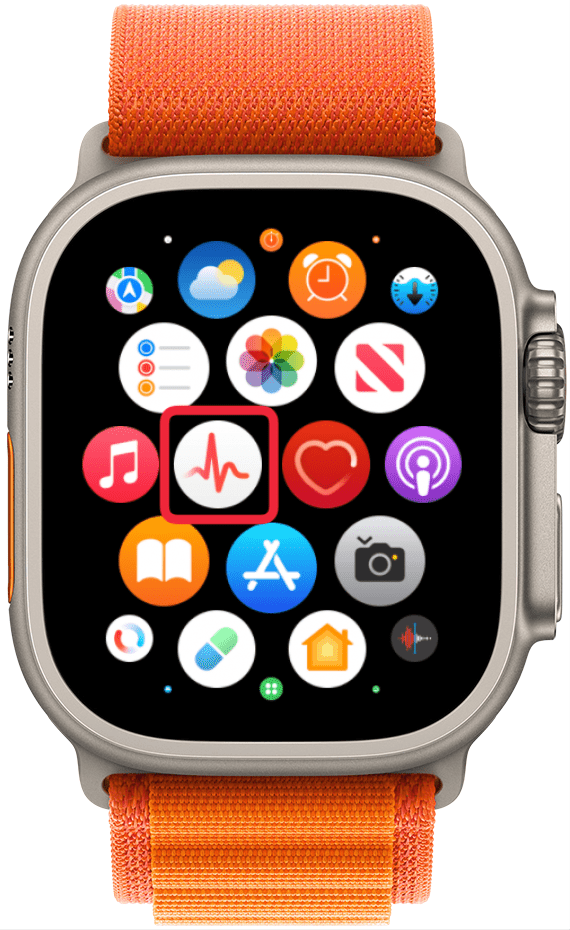
While the ECG reading is in progress, it is important to stay as still as possible and keep your fingertip firmly on the Home button. There is no need to press on the button, just touch the sensor firmly for 30 seconds.
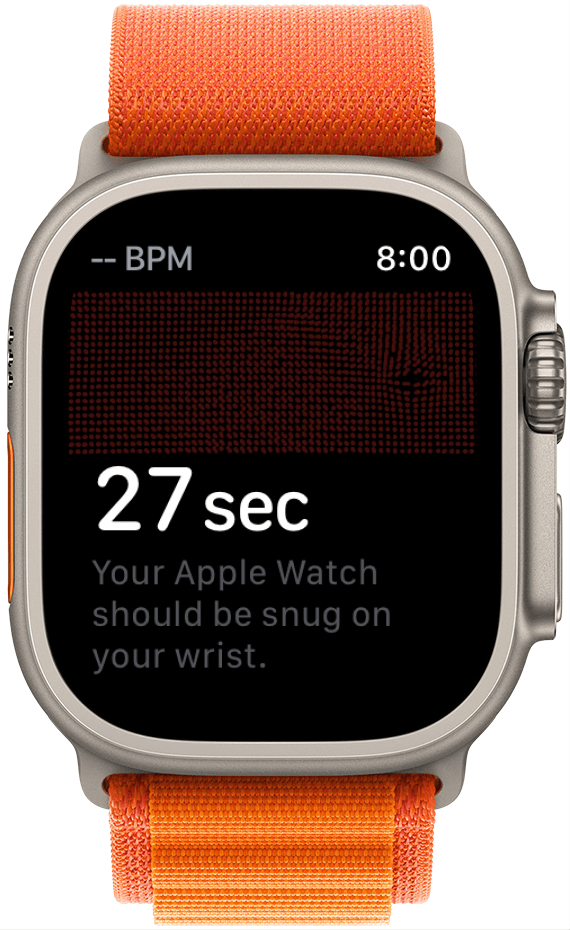
Now you know how to take an Apple Watch ECG reading! If you notice anything strange or have any questions, please reach out to your doctor immediately. You can even share your Health app data directly with your doctor.
More On: the Health App
Every day, we send useful tips with screenshots and step-by-step instructions to over 600,000 subscribers for free. You'll be surprised what your Apple devices can really do.

Hallei Halter
Hallei is a 2018 graduate of Maharishi University of Management with a BFA in Creative & Professional Writing. She's currently working on a novel about people using witchcraft to clean their houses.
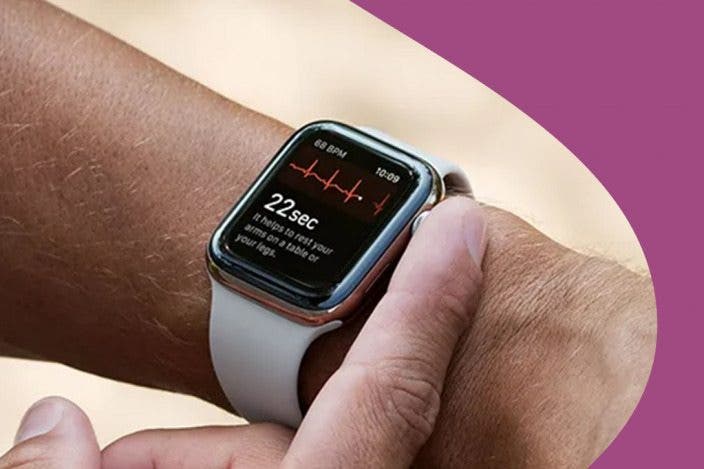

 Amy Spitzfaden Both
Amy Spitzfaden Both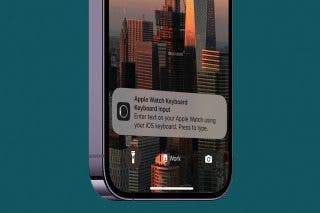
 Rhett Intriago
Rhett Intriago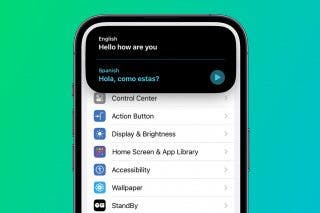
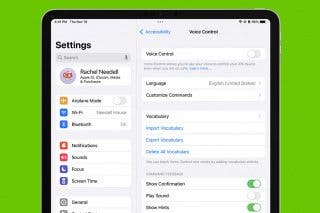
 Rachel Needell
Rachel Needell

 Leanne Hays
Leanne Hays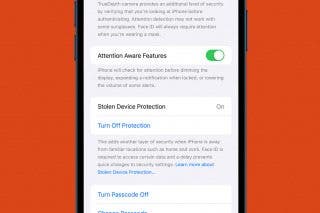
 Olena Kagui
Olena Kagui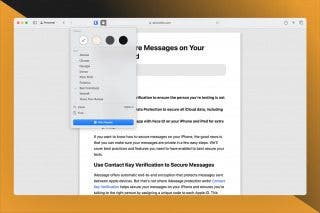


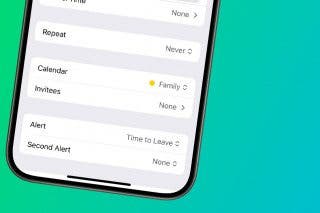
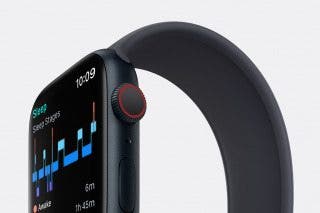

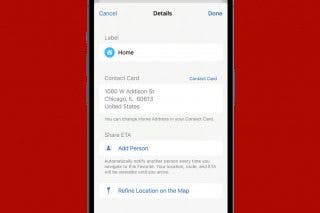
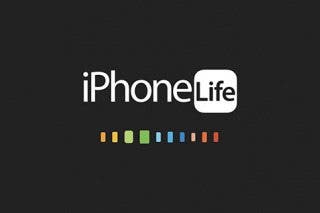
 Susan Misuraca
Susan Misuraca